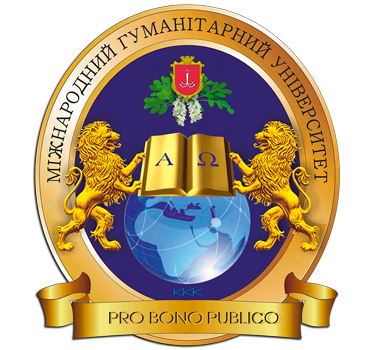THE USE OF PROPOFOL IN ONE-DAY SURGERY IN CHILDREN
DOI:
https://doi.org/10.31379/2411.2616.16.2.4Keywords:
propofol, one-day surgery, premedication.Abstract
Propofol (diprivan) is the drug of choice in one-day surgery in children. The aim of the study: optimization of anesthetic benefits in one-day surgery by using propofol. Material and research methods: The study included 58 patients operated on for inguinal and umbilical hernias, dropsy of testicular membranes, cryptorchidism, varicocele, hemangiomas of various localization, phimosis and paraphimosis. The optimal, according to clinical data, induction dose of propofol in children older than 5 years was 3.5 ± 0.3 and 4.0 ± 0.4 mg / kg in children under 5 years of age. Results of the study: Propofol induction proceeded with a hypodynamic type of blood circulation. At the most traumatic time of the operation, despite an increase in the dose of fentanyl, hemodynamic parameters were hyperdynamic type of blood circulation, associated with insufficient relief of the pain component. And an increase in the dose of fentanyl led to the development of hypoventilation followed by apnea, which required mechanical ventilation. After mask ventilation, respiratory failure was easily corrected and SpO2 rose to 97-99%. The total time of induction into anesthesia with propofol and fentanyl was 30-60 seconds, and a complete exit from anesthesia in patients of group I was noted at the 20th minute. Thus, analyzing the results obtained, it should be noted that anesthesia during ″small ″surgical interventions with propofol and fentanyl is not an optimal method. Since at the most traumatic time of the operation, it is necessary to increase the dose of fentanyl, and this leads to hypoventilation with the subsequent development of apnea, which requires correction.
References
Сорокина Е.Ю. Пропофол в современной поликомпонентной общей анестезии. Медицина неотложных состояний. 2014. № 3. С. 145-147.
Chavan S., Mandhyan S., Gujar S., Shinde G. Comparison of sevoflurane and propofol for laryngeal mask airway insertion and pressor response in patients undergoing gynecological procedures. J Anaesthesiol Clin Pharmacol. 2017. Vol. 33. P. 97-101
Denny M., Manson R., Della-Giustina D. Propofol and etomidate are safe for deep sedation in the emergency department. West J Emerg Med. 2011. Vol. 12. P. 399-403.
Grendelmeier P., Tamm M., Pflimlin E., Stolz D. Propofol sedation for flexible bronchoscopy: A randomised, noninferiority trial. Eur Respir J. 2014. Vol. 43 (2). P. 591-601.
Kanaya A., Kuratani N., Satoh D., Kurosawa S. Lower incidence of emergence agitation in children after propofol anesthesia compared with sevoflurane: a meta-analysis of randomized controlled trials. Journal of Anesthesia. 2014. Vol. 28 (11). P. 4-11.
Lee J., Kim M., Moon B., Kim H. Comparison of propofol and fentanyl for preventing emergence agitation in children. Br J Anaesth. 2013. Vol. 111. P. 121-122.
Tarıkı Kılı Ebru K.R. Comparison of ketamine-propofol mixture (ketofol) and midazolammeperidine in endoscopic retrograde cholangiopancreatography (ERCP) for oldest old patients. Ther Clin Risk Manag. 2019. Vol. 15. P.755–763.
Propofol: an anesthetic possessing neuroprotective effects. / Fan W. та ін. Eur Rev Med Pharmacol Sci. 2015. Vol. 19. P.1520–9.
Marzullo L.R., Laurie R. Pharmacologic management of the agitated child. Pediatr Emerg Care. 2014. Vol. 30 (4). P.269–275.
Huddy N. Emergence agitation in children. Br J Anaesth. 2010. Vol. 105(1). P.95–9.
Pharmacokinetics and pharmacodynamics of propofol: changes in patients with frontal brain tumours. / Sahinovic M.M. та ін. Br J Anaesth. 2017. Vol. 118. P. 901–9.
Bacterial contamination of propofol vials used in operating rooms of a third-level hospital. / Zorrilla-Vaca A. та ін. Am J Infect Control. 2015. Vol. 44. e1-e3.
An improved design of water‑soluble propofol prodrugs characterized by rapid onset of action. / Lang B.C. та ін. Anesth Analg. 2014. Vol. 118. P.745‑54.






